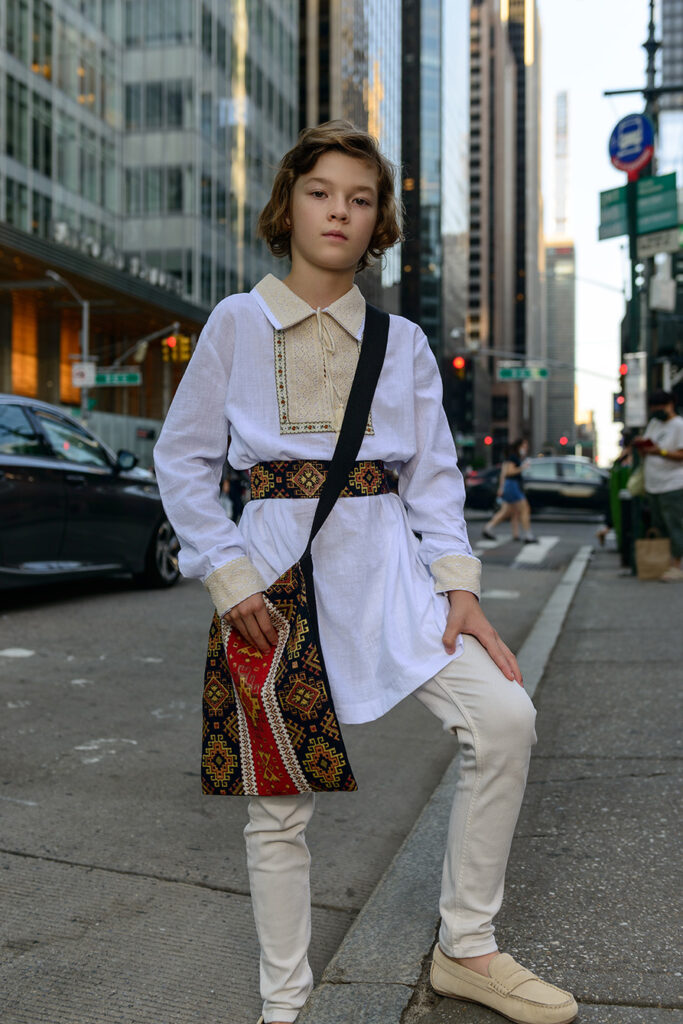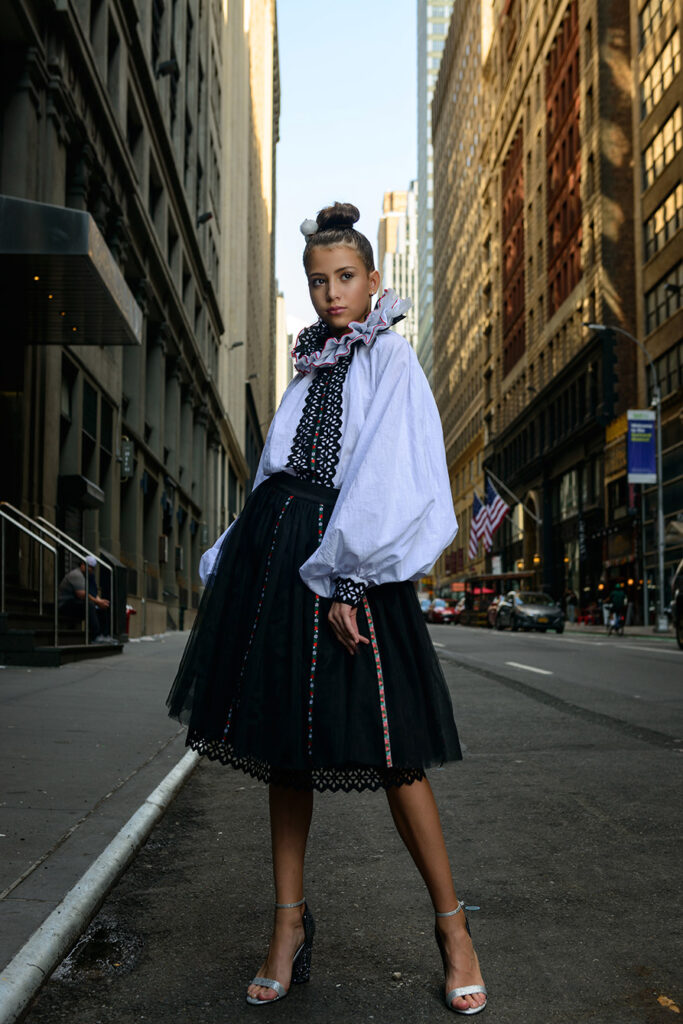Romanian folk costumes are rooted in the clothing of ancestors who lived millennia ago during the reign of the Roman empire – back when modern-day Romania was called Dacia. These people were known for their great bond with mother nature. Although time has passed, this connection forged one of the great foundations of Romanian culture. It is also why traditional folk costumes are so richly ornamented with unique designs inspired by nature.
Traditional Romanian fashion: fur linings, flower motif
Shades of red, dark brown, and blue featured prominently, with balance always the goal. In general, young women’s costumes were brightly colored, while men typically stuck to a maximum of three colors, and the elderly usually wore dark outfits. Let’s take a look at the older traditional Romanian way of dressing.
One piece stands out above the rest: the traditional Bihor folk coat (or sometimes vest), with its fur lining and trim, popular red motifs, black edges, and bold flower patterns around the bottom. This fur coat was part of the famous dress specific to the Bihor area and other highly charming pieces like the typical shirt and skirt.
The outfit is completed with the traditional apron (catrinţă), worn only in the front, and rounded out with a belt to complete the outfit. And let’s not forget about the traditional shoes, opinici, typically made out of a rectangular piece of leather or rubber, tightened on the foot with the help of thin strings (nojițe). Although many of the pieces could be worn every day as they were very practical, one precious item, in particular, was saved for festive days: the traditional, intricately embellished fur coat.
Romanian fashion as haute couture
In 2017, the Romanian embroidered folk vest from Bihor gained even more fame worldwide as famed fashion house Dior launched its autumn collection. The collection featured a vest almost identical to the eye-catching original Bihor version, complete with popular motifs from Beiuş County. While accusations of plagiarism abounded, the incident did have a silver lining. It led to the creation of a new fashion line meant to help preserve the traditions, called Bihor Couture.
The project, the brainchild of Romanian fashion magazine Beau Monde, came to life with particular thanks to the help of local artisans and tailors from Bihor. Their goal was to make traditional Romanian clothing accessible to all and at a price much more reasonable than the EUR 30,000 the Dior version retailed for. The biggest benefit of Bihor Couture is that each craftsman receives the full price for the painstaking hours of work that each garment takes to perfect, therefore helping the traditions survive and prosper.



Nowadays, different outfits are still inspired by traditional Romanian fashion. Part of their popularity certainly lies in the fact that they are handcrafted with such skill and attention to detail. A perfect example is the dresses inspired by Romanian folk fashion, which were created in a Cluj-Napoca workshop and photographed among skyscrapers. This collection, created by Venczel Victoria for the Active Kid brand was even presented on the catwalk at New York Fashion Week 2021 by the Cleopatra Popescu Modeling School, where they were greeted with much applause. So, if you want to be sure to reach a new height in your influencer status, you might want to add some traditional Romanian items to your wardrobe.







